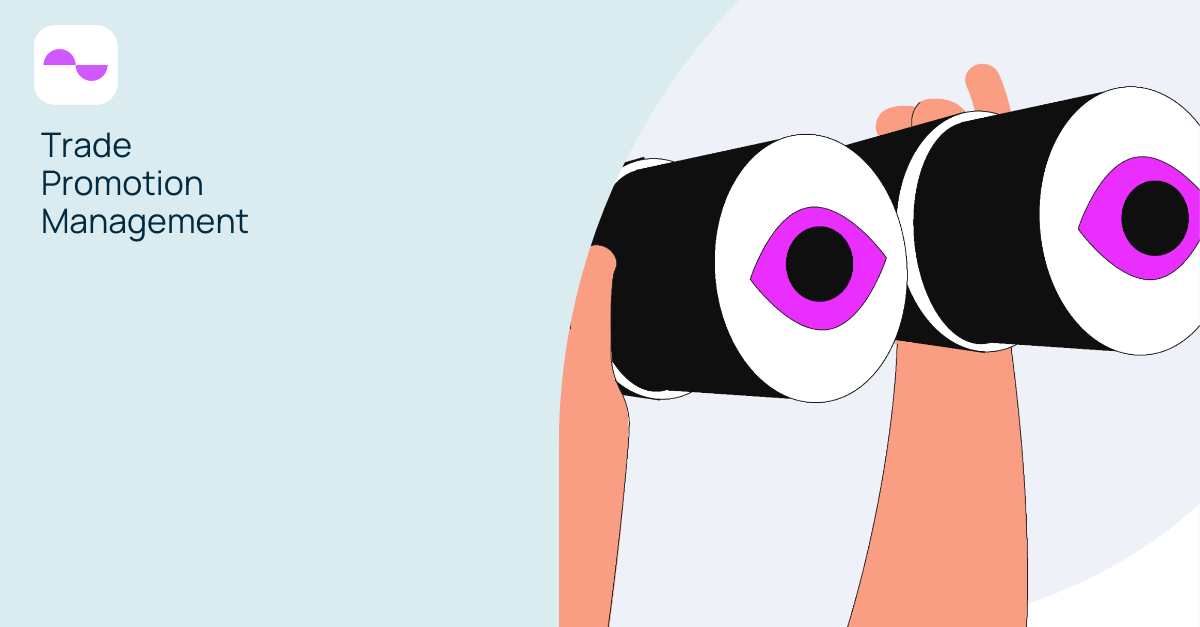
Empowering revenue growth in Consumer Health with Visualfabriq
The Consumer Health industry is in the midst of a significant transformation. As the world’s healthcare landscape continues to evolve, so do the obstacles faced by these companies. In this blog, we will delve into the unique challenges confronting the Consumer Health sector and explore how Visualfabriq is revolutionizing the industry with its tailored software solutions.
Challenges in the Consumer Health industry
The Consumer Health industry is characterized by its unique pace, with products becoming relevant suddenly and losing relevance just as fast, diverse product portfolio, and complex distribution channels. To thrive in this competitive landscape, companies must address several key challenges:
1. Retail and pharmacy dynamics
The first issue that these companies encounter revolves around the different dynamics between the retail and pharmacy channels. Retail markets typically provide a wealth of sell-out data, which is crucial for understanding consumer behavior, preferences, and demand patterns. This data-rich environment allows consumer health businesses to make informed decisions around inventory management, promotions, and product offerings.
However, when it comes to the pharmacy channel, a unique set of obstacles arises. Pharmacies are often supplied by larger wholesale groups or are part of an overarching purchasing organization, leading to a significant level of data fragmentation. Unlike the relatively straightforward retail data, pharmacy data is dispersed across various intermediary layers, making it tricky for consumer health manufacturers to gain a comprehensive view of their products’ performance in this channel.
Visualfabriq bridges this gap by providing software solutions designed to harmonize retail and pharmacy data. With Visualfabriq, businesses can efficiently manage account hierarchies, thereby gaining better visibility into the intricate web of indirect customers within the pharmacy channel. This capability empowers consumer health companies to leverage data-driven insights in both retail and pharmacy, ensuring that they can tailor their strategies to maximize performance in each channel.
2. Managing promotions
Unlike other sectors where promotions might result in negative profitability, Consumer Health products often maintain healthy margins during promotional periods. This characteristic makes investments in secondary space, such as gondola ends and ladder racks, highly lucrative for retailers and suppliers alike.
The complexity of managing promotions in this industry cannot be understated. Ex-factory stock-up may be out of sync with in-store execution periods, for example. Visualfabriq recognizes the significance of this and gives Consumer Health companies the tools they need to navigate it successfully. Its software solutions offer comprehensive support for managing commercial Profit and Loss (P&L) statements, ensuring that promotions deliver the expected returns.
Visualfabriq’s AI-driven trade promotion forecasting capabilities are instrumental in helping businesses optimize their promotions. By analyzing historical ex-factory and consumption data, Visualfabriq’s AI algorithms provide insights into the most effective trade promotion strategies. This not only streamlines decision-making but also ensures that promotions are strategically timed and placed to maximize sales and profitability.
Visualfabriq’s software also addresses the nuanced nature of promotions in the Consumer Health industry. Different product categories may require distinct approaches to promotions, and Visualfabriq’s AI-based forecasting can accommodate specific display criteria. This high level of granularity allows companies to tailor their promotional strategies to each product’s unique characteristics and market dynamics.
3. Strong seasonality
The Consumer Health industry experiences pronounced seasonality, with product demand varying significantly throughout the year. For instance, sunscreen sees a surge in demand during the summer months, while hay fever remedies are in high demand during the spring. Understanding and effectively managing this seasonality is crucial for companies to ensure product availability when consumers need it most.
Visualfabriq steps in as a reliable partner in managing these seasonality challenges. Its software provides powerful tools for baseline prediction and long-term forecasting. By analyzing historical data and seasonal patterns, companies can make accurate predictions about future demand. This enables them to plan production and inventory levels effectively, ensuring that they have the right products on hand during peak seasons while avoiding overstocking during slower periods.
4. Managing price adjustments
Price adjustments are a common occurrence in the Consumer Health industry, particularly in highly competitive categories. These adjustments can impact both revenue and profitability, making effective management critical for sustained success.
Visualfabriq’s software offers a suite of tools for addressing the challenges associated with price adjustments. Its Joint Business Planning (JBP) and scenario planning capabilities empower companies to develop and execute pricing strategies that align with market dynamics and business objectives.
One notable feature is the ability to adjust Recommended Selling Prices (RSPs) per a specific date and to generate volume predictions using delivered price elasticity coefficients. This agility enables businesses to respond promptly to market changes, competitive pressures, or shifts in consumer demand. It ensures that pricing strategies remain dynamic and adaptable, helping companies maintain profitability and competitive positioning in high-stakes categories.

Deep dive into the intricacies of these challenges:
As mentioned earlier, the relationship between product displays, promotions, and seasonality holds great significance in the Consumer Health industry. Some products, like hay fever medication or flu remedies, experience high demand at specific times of the year. Effectively managing volumes and revenue involves not only planning promotions but also sourcing and distributing displays, ensuring product availability and evaluating product performance over these critical periods.
The route to market for Consumer Health products adds another layer of complexity. The pharmacy channel brings particular challenges when it comes to transparent data. Large pharmacy chains may be very similar to retailers, ordering directly from the manufacturer and sometimes even providing sell-out data, either directly or via a third party. But smaller chains and independent stores purchase through distributors. Whilst sometimes the relationship may be one to one (one distributor only sells to one pharmacy, who only purchases from said distributor), more often than not it’s a one-to-many, many-to-one or many-to-many relationship. The “sales” that go through the underlying pharmacies are often estimates, unless sell-through data are provided, or the pharmacies provide sell-out data. And as these estimates are done irregularly and manually, this practice hinders the ability to assess the effectiveness of promotions and displays and track the product journey accurately.
So, managing promotions and displays across various pharmacy chains is complicated by the inconsistent availability of sales data. While larger chains may provide reliable EPoS data or work with a third party to supply syndicated data, mid-sized or regional pharmacy chains and independent pharmacies often lack these data structures and thus cannot provide them to Consumer Health manufacturers. This variability makes it challenging to determine the trade promotion effectiveness and displays and set out an overarching strategy to determine how to invest in different types of pharmacies.
The challenge also extends to the structure of promotions. Different pharmacy chains may have varying incentives and promotional structures. For instance, some pharmacies may prefer lump-sum incentives, while others may opt for percentage discounts. Managing these distinct structures efficiently is a significant problem.
To work around the lack of consistent data, some assumptions are made when creating offline spreadsheets. For instance, assumptions are made about the distribution of sell-through in case of indirect sales through wholesale. Another case of estimation is the redemption rates of promotions. However, not having a standardized way of creating these can lead to inaccurate, inconsistent forecasts and ROI calculations, underscoring the importance of moving to more advanced, data-driven solutions.
This all means that transitioning from legacy spreadsheets to a more advanced solution is necessary to address these multifaceted challenges. The transition is motivated by the need for standardization, removal of manual processing and scenario planning, allowing stakeholders to simulate different promotion strategies and assess their impact on sales and profitability.
Takeaways
The Consumer Health industry is no stranger to complexity, but with the right software solutions, businesses can not only address these challenges but also thrive in this fast-paced environment. Visualfabriq’s commitment to understanding the unique needs of the sector has positioned it as a game-changer in the industry.
From harmonizing retail and pharmacy data to optimizing promotions, managing strong seasonality, and navigating price adjustments, Visualfabriq empowers Consumer Health companies to make data-driven decisions and thrive in this ever-evolving sector. As the industry continues to evolve, Visualfabriq stands as a strategic partner committed to helping businesses succeed in this fast-paced landscape.
In a world where healthcare demands are constantly evolving, Visualfabriq’s software solutions are the prescription for success in this industry. Contact us today to learn more about our Trade Promotion Management and Optimization solution and embark on a journey toward a brighter, more profitable future.


